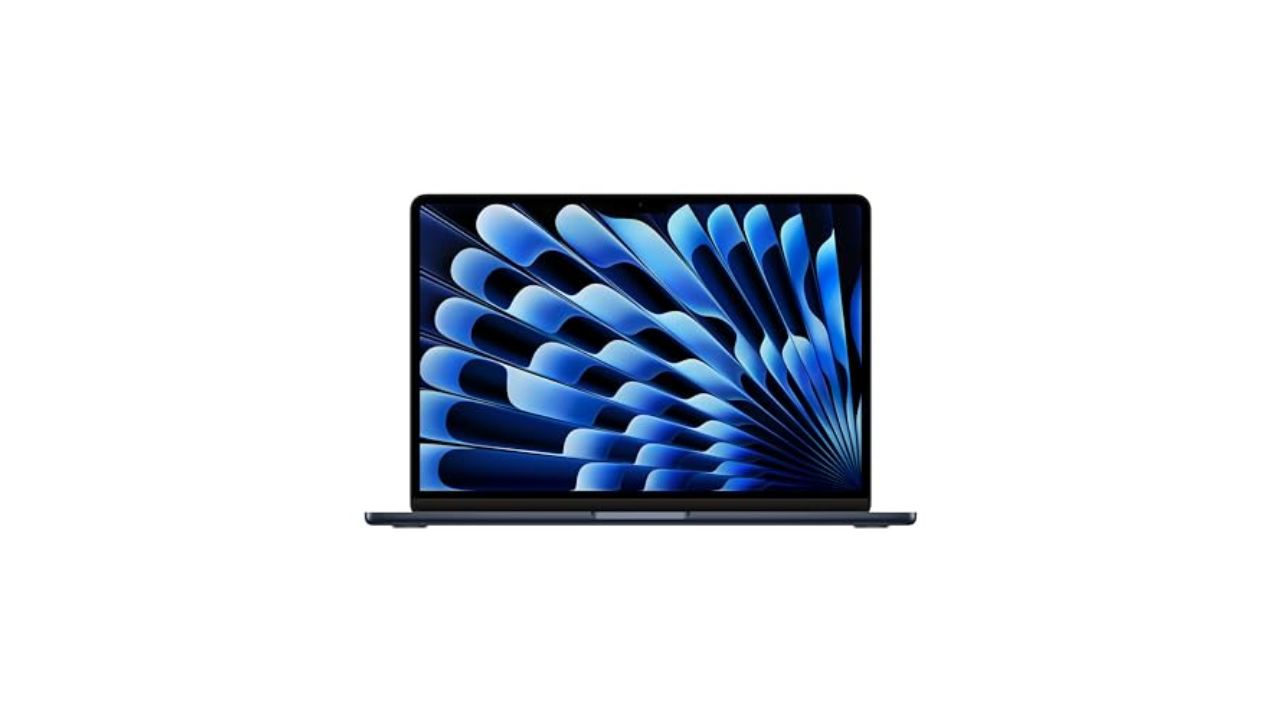For fans of handheld gaming PCs, 2023 just keeps getting better. Following the release of ASUS’ ROG Ally earlier this year, Lenovo is entering the category with the Legion Go. And, after getting the chance to go hands-on with it, I think some of Lenovo’s twists may end up making a big difference.
Before we get in too deep, it’s important to mention that the units I tried are very much pre-production samples. You can see evidence of this on components like the shoulder buttons, where one side of the device features metallic paint (which is what you’ll get on retail devices) while the other side is plain black plastic. Lenovo also says that alongside a stock install of Windows 11, it’s planning to equip the Legion Go with a custom app launcher similar to ASUS’ Amoury Crate. But, that wasn’t present on the demo units I used. The Legion’s Go’s body also felt a bit rough in places, so if you spot labels or parts of its shell that don’t look quite right, Lenovo is likely looking to polish those up before its official launch sometime in October.
OK, now that we got that out the way, let’s talk about some of the Legion Go’s highlight features, the most notable of which is its screen. It’s an 8.8-inch 2,560 x 1,600 IPS panel with a 144Hz refresh rate and listed at 500 nits of brightness. So not only is the Legion Go’s panel as fast as what you get from the ROG Ally, it’s also the biggest screen on pretty much any device in this category. On top of that, colors absolutely pop, which makes the device even more appealing than many of its rivals.
The obvious downside to this is that between that big display and a somewhat boxy body, the Legion Go is rather bulky. Measuring 11.8 x 5.15 x 1.61 inches, the Legion Go is much closer in size to the Steam Deck than sleeker rivals like the ROG Ally. As for the rest of its design, you get a familiar Xbox-style button layout in front, with an interesting asymmetrical rear paddle layout in back, with a total of four rear buttons along with a scroll wheel, though I’m not sure what’s the intended purpose for that last component. That said, I’m not going to turn my nose up at additional input methods.
Gallery: Lenovo Legion Go hands-on photos | 14 Photos
Gallery: Lenovo Legion Go hands-on photos | 14 Photos
Interestingly, Lenovo is also drawing inspiration from the Nintendo Switch as evidenced by the folding kickstand in back and the ability to detach the Legion Go’s controllers from its main body. However, I did notice that removing the controllers isn’t quite as smooth or easy as it is on a Switch. First, you have to press the button in the back and then kind of tilt and slide at the same time. Granted, I mostly got the hang of it after a few minutes, but it definitely takes some practice.
This kickstand does make it easy to prop the display up on a table while using the controllers remotely, though. And thanks to the two USB 4 ports, you can even connect peripherals like a mouse and keyboard if you want to turn the Legion Go into a tiny desktop. Alternatively, you can use the single touchpad on the right control to mouse around in Windows, which is a nice nod towards general usability, because unlike the ROG Ally, you can’t use the Legion Go’s joysticks to move your cursor.

Photo by Sam Rutherford/Engadget
Another clever feature on the Legion Go is that on the bottom of the right controller, there’s what Lenovo is calling an FPS Switch. If you toggle that and then drop the right controller into an included cradle, suddenly you get what is essentially a vertical mouse that you can drag across a table while playing shooters. That said, I’m not sure I’ll ever prefer this setup over a traditional horizontal mouse or even a joystick.
Finally, with specs including an AMD Z1 Extreme chip, 16GB of RAM, up to 1TB of storage and a 49.2 WHr battery, the Legion Go looks to be just as powerful as the ROG Ally. But what makes this so impressive is that in addition to coming with an included case (which you don’t get from ASUS), Lenovo is being very aggressive with pricing, as the Legion Go will start at $699. That’s the same as the Ally, despite the Legion Go’s bigger screen, bigger battery and more sophisticated controllers.
So while Lenovo still has some polishing to do before the Legion Go officially goes on sale sometime in October, with another big name joining the battle, it’s clear the fight for handheld gaming PC supremacy is just beginning.
Credit: Source link









